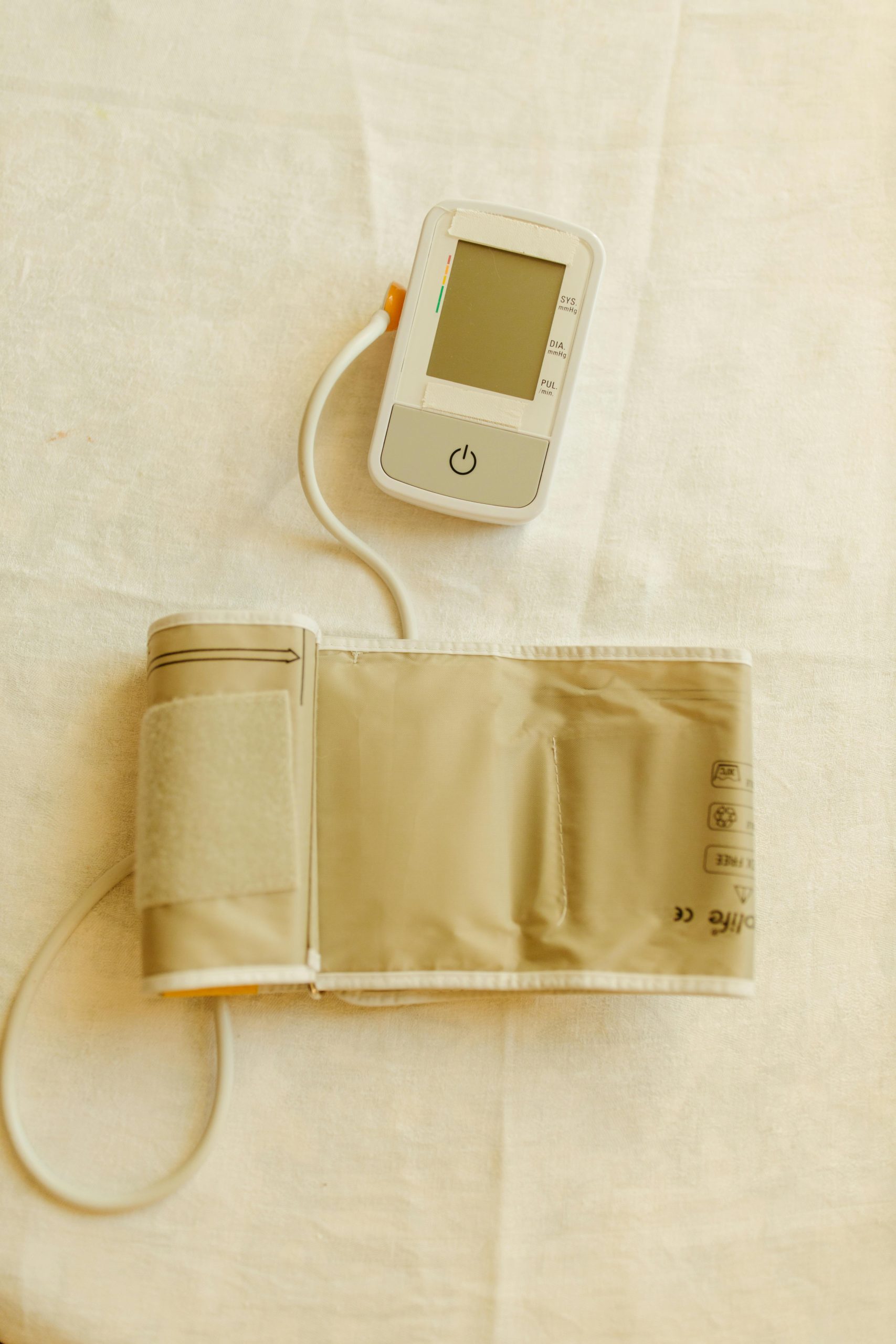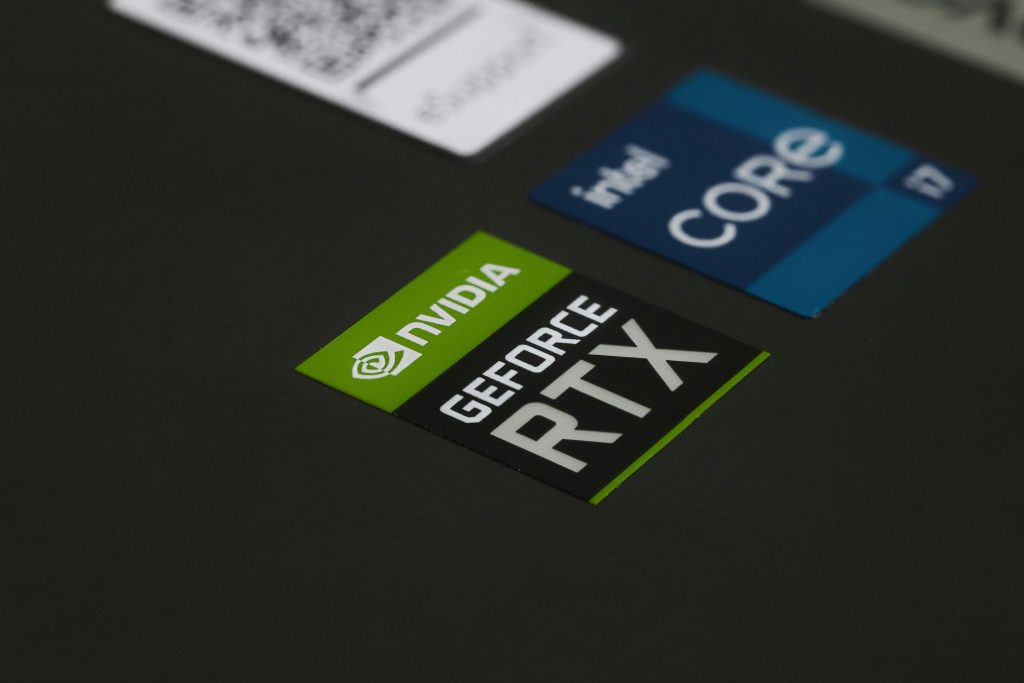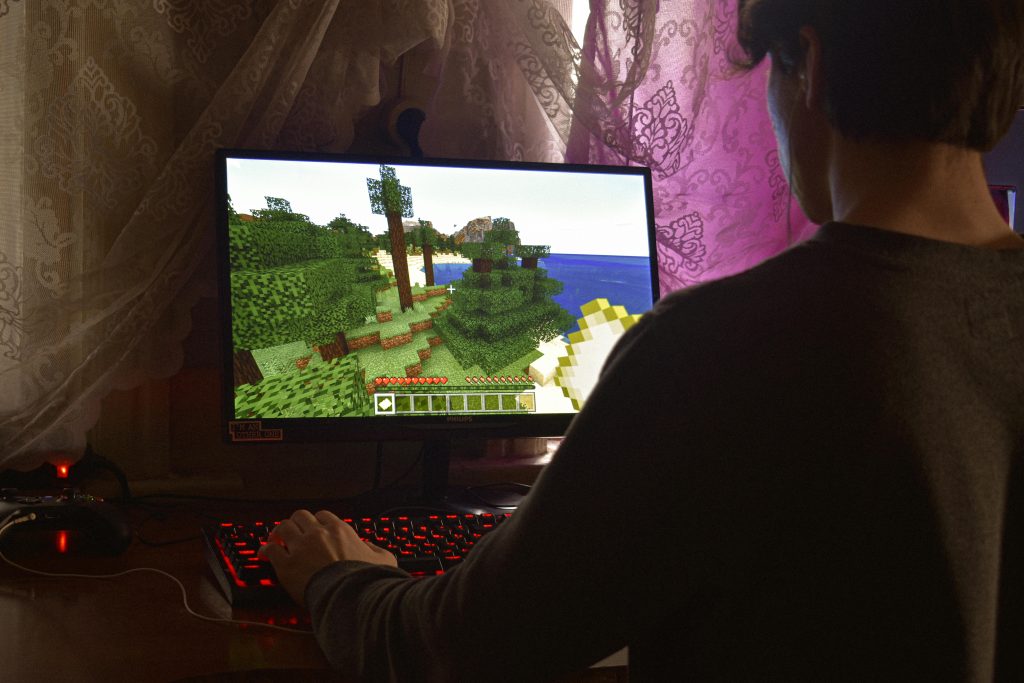Understanding and Troubleshooting Monitor Pixelation and Graphics Driver Crashes on Your PC
Experiencing intermittent display issues and driver crashes can be both frustrating and perplexing. If you’re facing pixelation artifacts on your monitors alongside sporadic AMD graphics driver crashes, you’re not alone. This article aims to explore potential causes and suggest troubleshooting steps to help you resolve these issues effectively.
Overview of Your Current Situation
You have a high-performance system powered by an AMD Ryzen 7900XTX GPU, connected to two monitors. Notably, both monitors have exhibited pixelation artifacts, but interestingly, these issues rarely occur simultaneously on both screens. Resetting the monitors—either by unplugging and reconnecting via HDMI or by using the physical power buttons—temporarily resolves the pixelation.
Additional Concerns
Alongside display anomalies, your AMD graphics drivers crash randomly, though the crashes are inconsistent. You observe that driver crashes can occur multiple times during a short gaming session or even during everyday browsing, with no clear pattern. You’ve considered potential causes such as power supply (PSU) limitations, hinting at an 850W unit, but a brief PSU stress test didn’t reveal any issues. Temperatures, voltages, and wattages seem unlikely culprits given the sporadic nature of the problems.
Potential Causes and Troubleshooting Strategies
- Monitor Connections and Cables
- Check HDMI/DisplayPort Cables: Ensure cables are securely connected and undamaged. Sometimes, faulty or loose cables can cause pixelation artifacts.
-
Try Different Cables or Ports: Switching cables or using different ports on your GPU can help identify if a specific port or cable is causing issues.
-
Update or Reinstall Graphics Drivers
- Update Drivers: Download the latest AMD GPU drivers from the official website to ensure compatibility and fix known bugs.
-
Clean Installation: Use tools like AMD Cleanup Utility or DDU (Display Driver Uninstaller) to remove existing drivers thoroughly before reinstalling.
-
Monitor Hardware Health
- Check Temperatures: Use monitoring tools like HWMonitor or AMD Ryzen Master to observe GPU and CPU temperatures during operation.
-
Test RAM and Storage: Faulty memory or storage can cause system instability. Run memory tests and check SSD/HDD health.
-
Power Supply Assessment
- Evaluate Power Needs: An 850W PSU is generally sufficient for high-end GPUs, but ensure it’s of good quality and delivering stable power
Share this content:



